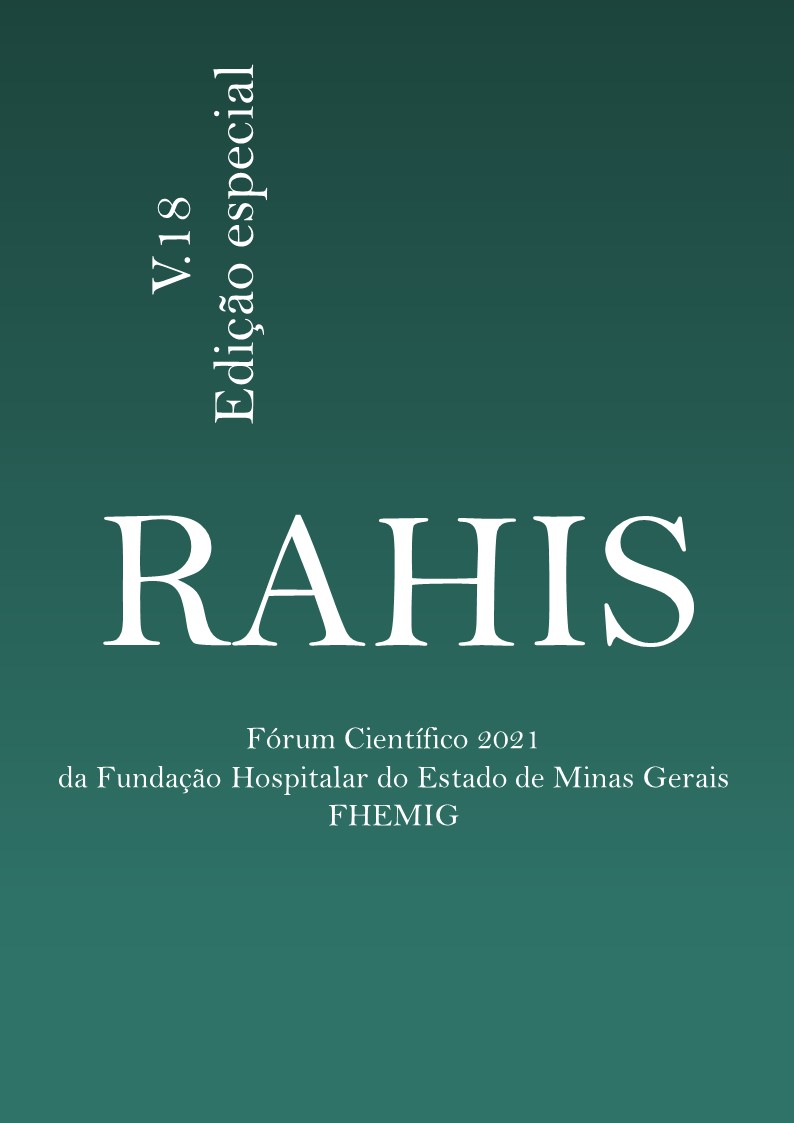Abstract
Introduction: Candylar fractures represent about 17.5% to 52% of all mandible fractures¹. Treatment can range from closed reduction to open reduction and internal fixation². Among the various techniques proposed for the exposure of subcondylar fractures, the retromandibular approach is an established and widely used technique³. However, this technique, like all techniques, may have some limitations and risks, such as permanent facial nerve paralysis and development of parotid gland salivary fistulas4. Objective: To present a new technique for exposing subcondylar fractures. Methodology: After performing the initial trauma care and confirming the surgical need for subcondylar fractures through clinical and imaging examination, eight patients underwent open reduction and internal fixation. In these patients, the proposed technique was performed: pre-auricular incision in the skin and subcutaneous tissue, with dissection through the superficial muscle-aponeurotic system; identification and preservation of the parotid gland capsule, which is gently retracted; identification of the fascia and the terminal branches of the facial nerve, which are removed and preserved; small incision in the fascia and posterior masseter muscle, with its dissection up to the periosteum; exposure of the subcondylar region, where the fracture is, with its reduction and fixation; closure by planes, preserving the integrity of the facial nerve. Results: The pre-auricular approach with transmasseteric dissection was performed in 8 patients with a mean age of 34.37 years. The average waiting time for surgical intervention was 2.57 days. In the postoperative evaluation, low output salivary fistula of the parotid gland was observed in only one patient (12.5%). No case of definitive facial nerve palsy was reported, with transient paralysis with complete spontaneous resolution within 7 days after surgery in 37.5% of cases. In 62.5% of cases, there was no paresis in the immediate postoperative period. Conclusion: The new transmasseteric pre-auricular approach proved to be a reliable and safe option for accessing subcondylar fractures, presenting a low risk of injury, with no definitive complications. Keywords: New approach, condyle fracture, trauma
